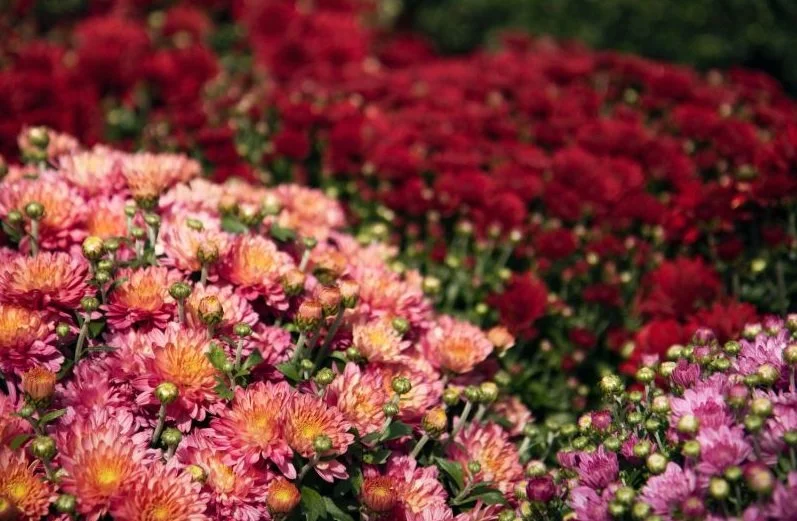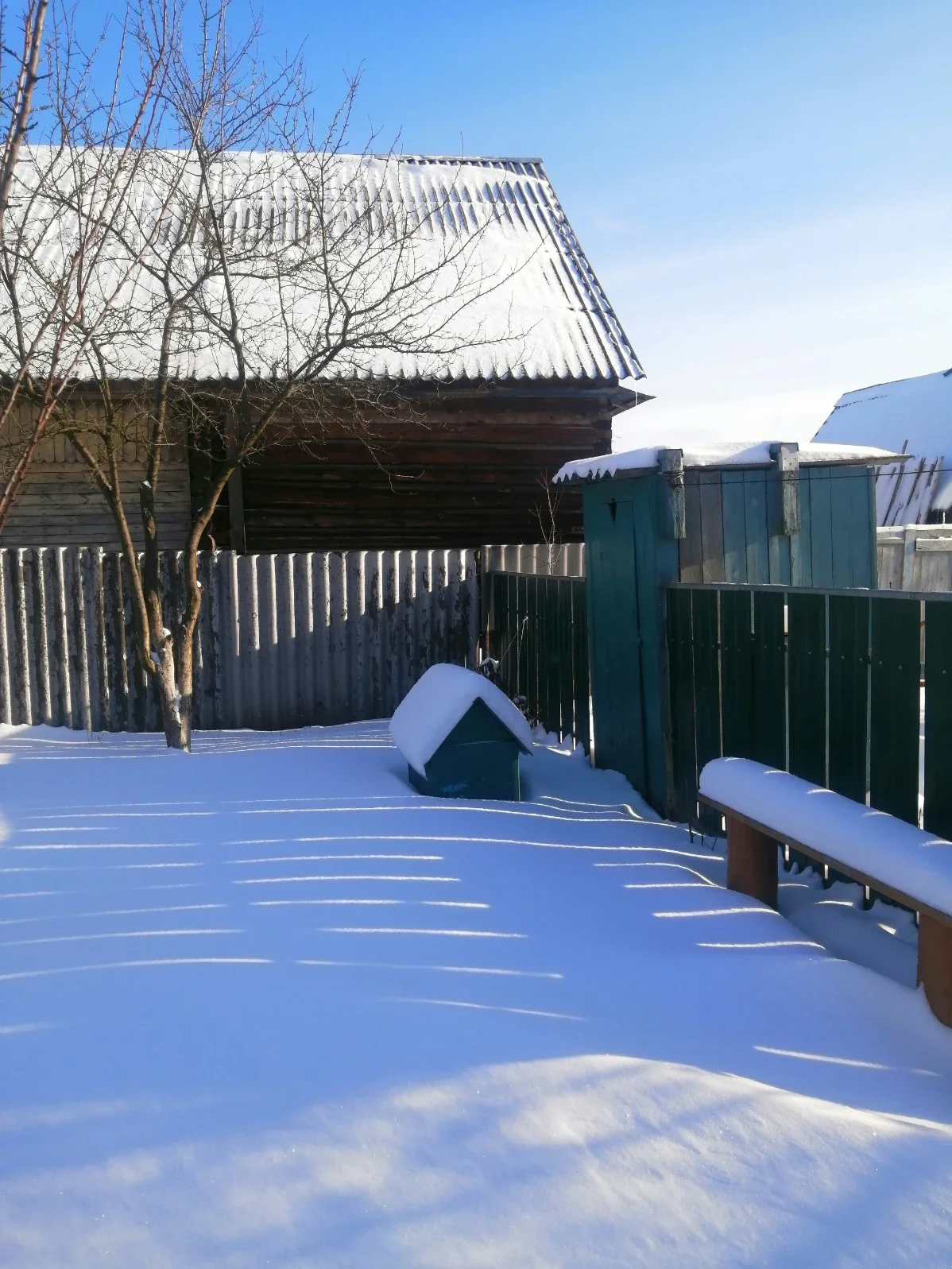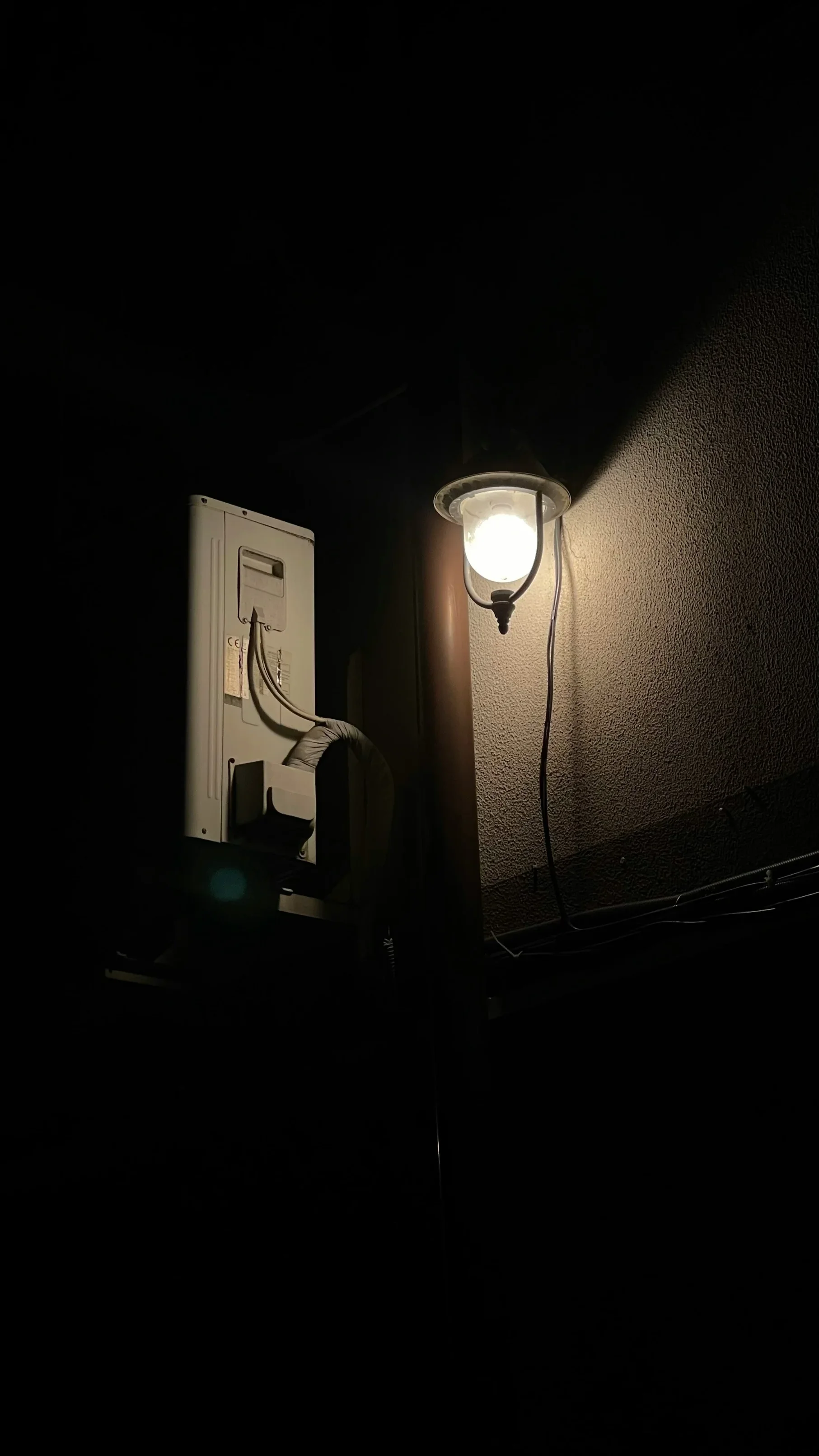How Long Do Mums Last? Lifespan of Mums Explained
Discover the complete truth about mum lifespans, from potted varieties lasting weeks to perennial garden mums surviving for years with proper care. Learn expert tips to extend the vibrant life of your chrysanthemums in any setting.
Ah, chrysanthemums—those vibrant, ball-shaped blooms that seem to pop up everywhere once summer starts waving goodbye. You've probably grabbed a pot or two from the grocery store, hoping they'd brighten your porch until winter shows its frosty face. But then, seemingly overnight, they drooped faster than ice cream on a hot sidewalk. What gives? "How long do mums last?" isn't actually a simple question, because—surprise, surprise—not all mums are created equal.
The lifespan of mums depends on a whole host of factors: the variety you've chosen, where you've planted them, how you're caring for the little fellas, and even when you brought them home in the first place. Some might hang around for just a few weeks, while others could be gracing your garden for years to come. Let's dig into the nitty-gritty of the Lifespan of Mums Explained, so you can enjoy these autumn superstars for as long as Mother Nature allows.
The Different Types of Mums and Their Expected Lifespans
Before we jump into how long these beauties stick around, we've gotta understand what we're working with. There's a world of difference between the mums you snag at the supermarket and those you carefully select from a nursery.
Florist (Potted) Mums vs. Garden Mums
Florist Mums: These are the ready-to-go, picture-perfect potted varieties you'll find practically everywhere in fall. They've been pampered in greenhouses, bred for those dramatic blooms, and—here's the kicker—they're not typically hardy enough to survive in the ground through winter. Their lifespan? Generally about 3-4 weeks of glorious color if kept indoors, and possibly 4-8 weeks outdoors if the weather plays nice.
Garden Mums: Now we're talking long-term commitment! These perennial varieties are the marathon runners of the chrysanthemum world. With proper care, garden mums can come back year after year, potentially lasting 3-4 years or even longer in ideal conditions. They're the ones actually designed to be planted in your garden beds and borders.
It's worth mentioning that many folks buy what they think are garden mums, only to be disappointed when they don't return the following spring. That's because—whoops!—they actually brought home florist mums. The difference isn't always obvious at the checkout counter.
Seasonal Expectations: When You Buy Matters
The time of year you purchase your mums dramatically affects how long they'll last. Buy them in full bloom in late September, and you might only enjoy them for a few weeks before frost shuts down the party. Snag them earlier in the season with lots of buds, and you could be looking at months of color.
Lifespan Factors: What Determines How Long Mums Last?
Let's face it—when it comes to the question "How Long Do Mums Last? Lifespan of Mums Explained," there's no one-size-fits-all answer. Your mum's longevity depends on a cocktail of conditions:
Environmental Conditions
Temperature swings can make or break your mums. These plants are like Goldilocks—they want conditions that are just right:
Temperature: Mums thrive in daytime temperatures between 65-70°F (18-21°C) and nighttime temps around 55-60°F (13-16°C). Too hot, and they'll speed through their bloom cycle like they're running a race; too cold, and frost will knock them out cold.
Sunlight: These sun-worshippers need at least 6 hours of direct sunlight daily to perform their best. Insufficient light leads to leggy, weak plants with fewer blooms—definitely not what you signed up for.
Humidity and Airflow: High humidity without adequate air circulation is basically rolling out the red carpet for fungal diseases, which can cut your mum's lifespan shorter than a bad haircut.
Care Practices
Your TLC (or lack thereof) makes all the difference in how long your mums stick around:
Watering Wisdom: Consistently moist soil is the goal—not soggy, not bone-dry. Mums have shallow roots, so they dry out faster than you might expect. A good rule of thumb: when the top inch of soil feels dry, it's drinking time.
Feeding Needs: A balanced, phosphorus-rich fertilizer will keep those blooms coming. However, once they're in full flower, it's time to ease off the feeding—like not serving dessert after someone's already stuffed from dinner.
Deadheading Diligence: Removing spent blooms isn't just about keeping things pretty—it actually extends blooming time by redirecting the plant's energy to fresh flowers instead of seed production. It's like telling your mum, "Don't retire yet, we still need you!"
Winter Protection: For garden mums, applying a 2-3 inch layer of mulch after the ground freezes can be the difference between "see you next spring" and "goodbye forever."
Extending the Lifespan: Tips for Keeping Mums Blooming Longer
Now that we understand the Lifespan of Mums Explained, let's talk about how to squeeze every last day of beauty from these seasonal stars.
For Potted Mums
Want those supermarket specials to earn their keep? Try these tricks:
Select plants with more buds than open flowers. It's like buying green bananas—they'll last longer as they ripen at home.
Keep them cool. Display potted mums away from heat sources and out of direct afternoon sun, which can speed up their bloom cycle faster than a teenager goes through a growth spurt.
Water from below when possible. This keeps the foliage dry and reduces disease risk. Nobody wants moldy mums!
Bring them indoors at night if temperatures threaten to dip below 40°F (4°C). Those blooms are more delicate than they look.
Repot if necessary. If your mum came in one of those tiny plastic pots, it's probably root-bound and desperate for space. Giving it a slightly larger home with fresh potting mix can work wonders.
For Garden Mums
If you're in it for the long haul, these perennial-focused tips will help your garden mums come back stronger each year:
Plant early. Getting mums in the ground at least 6 weeks before the first expected frost gives them time to establish roots before winter hits like a freight train.
Cut back after flowering. Once blooms are spent, trim the plants to about 6-8 inches tall. This prevents them from wasting energy on seeds and helps them focus on root development instead.
Don't cut back in fall. Leave the dead top growth in place through winter—it acts as its own insulation against the cold. It's like leaving a hat on your mum's head during winter.
Divide every 2-3 years. When spring arrives and your mums start showing new growth, dividing crowded plants rejuvenates them and can essentially reset their lifespan clock.
The Life Cycle of Mums Through the Seasons
Understanding how mums move through the year gives you a better grasp on their natural lifespan and care needs.
Spring: The Awakening
Come spring, garden mums that survived winter will start pushing fresh green growth from the crown. This is prime division time if plants are more than 2-3 years old. It's also when pinching should begin—nipping off the growing tips to encourage bushier plants with more flowers later.
Summer: The Growing Phase
Throughout summer, your job is to keep pinching until about mid-July (earlier for northern climates, later for southern ones). Stop too early, and you'll get leggy plants; too late, and you'll remove the developing flower buds. Regular watering and feeding during this period sets the stage for spectacular fall performance.
Fall: The Glory Days
This is showtime—when all your hard work pays off in a riot of color. During blooming season, focus on deadheading and maintaining consistent moisture. Depending on variety and weather, fall blooms can last anywhere from 4-8 weeks. Talk about getting your money's worth!
Winter: The Rest Period
For garden mums, winter is the true test of their perennial nature. In zones 5-9, properly established mums have a fighting chance of returning. Once the ground freezes, apply that protective mulch layer and cross your fingers. Remember—even if mums don't survive a particularly harsh winter, that doesn't mean you did something wrong. Sometimes Mother Nature just won't cooperate, no matter how much we sweet-talk her.
Common Problems That Shorten Mum Lifespan
Even with the best intentions, several issues can cut your mum's life short:
Disease Strikes: Powdery mildew, botrytis, and leaf spot can all wreak havoc on chrysanthemums. Proper spacing for air circulation and avoiding overhead watering can help keep these problems at bay.
Pest Invasions: Aphids, spider mites, and leafhoppers don't just reduce your mum's aesthetic appeal—they can literally suck the life out of it. Regular inspection and prompt treatment are your best defenses.
Transplant Shock: Moving a fully blooming mum from pot to garden can stress it to the point of no return. This explains why so many fall-planted mums fail to return the following year—they never had a chance to establish proper roots before winter arrived.
Improper Watering: Both overwatering and underwatering are quick tickets to mum heaven. Aim for that Goldilocks zone of consistently moist but not waterlogged soil.
Conclusion
So, how long do mums last? As we've seen in this deep dive into the Lifespan of Mums Explained, the answer isn't straightforward. From the fleeting few weeks of potted florist mums to the years-long performance of well-established garden varieties, these autumn beauties operate on their own timeline. With the right knowledge, careful selection, and proper care, you can maximize their colorful contribution to your space. Whether you're in it for a season or settling in for the long haul, understanding your mum's unique needs and natural lifecycle is the key to success. Now go forth and grow those gorgeous chrysanthemums—they're worth every minute of attention you give them!
Read next: Are Mums Perennials? What You Need to Know
Frequently Asked Questions
Q1: Can I bring my potted mums indoors for the winter and keep them alive until next year?
A: Yes, with some effort! Keep them in a cool, bright location (around 50°F/10°C is ideal) and water sparingly. In spring, acclimate them gradually to outdoor conditions and plant them in the garden.
Q2: Why did my mums die after just two weeks?
A: Several culprits could be responsible: they might have been at the end of their bloom cycle when purchased, they could have experienced temperature extremes, or inconsistent watering might have stressed them beyond recovery.
Q3: Do different colored mums have different lifespans?
A: While color itself doesn't affect longevity, different varieties do have varying hardiness levels. Generally, the more hybridized and showy the bloom, the less hardy the plant tends to be.
Q4: My neighbor's mums come back every year, but mine never do. What's their secret?
A: They're likely growing true garden mums rather than florist varieties, planting them in spring rather than fall, or they might be in a microclimate that offers better winter protection. Location, location, location—it matters for real estate and mums alike!
Q5: How can I tell if my mums are dead or just dormant in winter?
A: Don't be too quick to judge! Wait until reliable spring weather arrives, then gently scratch the base of a few stems. If you see green underneath, there's life in there. Be patient—some mums are slow to wake up.

































